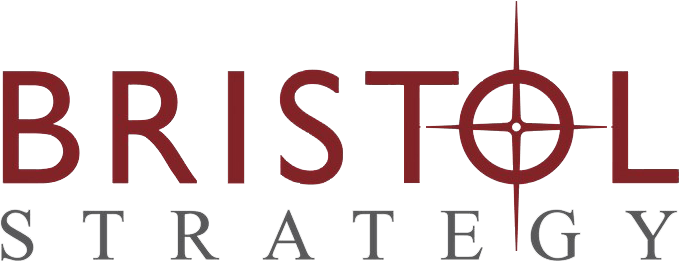Have you ever asked yourself “where can I find donors?” Many nonprofit executives tell me they don’t know how to “find” donors. The “finding” problem keeps them awake at night. They worry about it, their boards worry about it, their staff worries about it. Eventually, all that worrying can produce desperation moves such as foregoing the executive director’s salary or health benefits, sending out un-researched grant applications in bulk, or throwing yet another event.
But times have changed.You don’t find the donors anymore.They find you.
Think about it. If you want to buy something (i.e. “donate” money in exchange for goods and services for yourself) what’s the first thing you do? You go to Google and search out the right vendor. Maybe “right” means “nearby” or “best price” or “most reliable service.” Maybe you respond more strongly to this message than to that one.
Donors are doing the same kind of research. If they have a charitable impulse they’re already looking to donate money to a cause, or seeking information about problems your agency is devoted to solving. Since they’re already out there looking, you have to make yourself and your organization easy to find, right?
So how do you make your nonprofit easier to find? How can you help your donors look for you, learn about you, interact with you? And once they find you, how can you keep them interested? By using the techniques of inbound marketing, a business discipline perfected in the for-profit world that your charity can use to great effect.
Inbound marketing fits right into my focus on adapting proven business disciplines and philosophies for nonprofit organizations. To get the greatest benefit out of inbound marketing, think of it as a process that cycles over and over and over agagin, using the Plan-Do-Check-Act cycle. First figure out what you want inbound marketing to achieve, such as enlarging your subscription list or creating new donor prospects (the Plan part). Then you do the “Do” part: set up the inbound marketing techniques using keyword terms, phrases and concepts, creating landing pages and conversion forms and so on, and publish them on your website, social-media presence and e-newsletters. Next review results regularly, deciding what to keep, change or throw out, which is the “Check” part. Finally you “Act” by making those changes and waiting for the next review cycle.
Inbound marketing leverages some very sophisticated technology which is fortunately very easy to use. Here’s what inbound marketing does for you:
- Uses language that’s persuasive to your donors, language you discovered by interviewing current happy donors and board members. The language your best donors use will motivate new donors.
- Sends out signals attracting new donors, such as e-newsletters, blog posts, eblasts, search-engine optimization, social-media postings, to capture new donor prospects’ latent interest in your mission and programs. Each of these communications is likely to get re-posted, re-tweeted, and forwarded to an ever-expanding pool of viewers.
- Provides ways for these prospects to engage with you low cost to you and to them. All they have to do is to click on a link or fill out a form [“Download our [white paper; ebook; interesting study, etc.]. They don’t need to pay you with anything more than their email addresses.
- Conducts lead nurturing campaigns automatically. Once a prospect has filled out one of those forms, technology does the follow-up automatically, sending communications about the prospect’s declared interests, always getting the prospect to move closer at each step. Those who want to know more about dogs get the “help dogs” campaign. Those who want to know more about lizards get the “help lizards” campaign.
- Provide analytical insights automatically. Every website and e-newsletter service captures intelligence about which keywords were used most often, which links were followed or ignored, how many people opted for the dog communications and how many for the ones about lizards, and so on. These analytical insights help tighten up your messaging so you will get more people to find you.
Donor prospects who respond to inbound marketing have raised their hands to say they are interested. Lead nurturing campaigns warm them up even further, maybe even to the point where they make online donations, purchase tickets to an event, participate in the fun run, or volunteer to build a house. YOU didn’t look for them. Your technology did it for you.
By the time you make a phone call or schedule a lunch meeting, you have a donor prospect who’s already a “warm” lead. No more cold calling.
And voila – it didnt’ cost you much in terms of time or money. The system did it for you.

